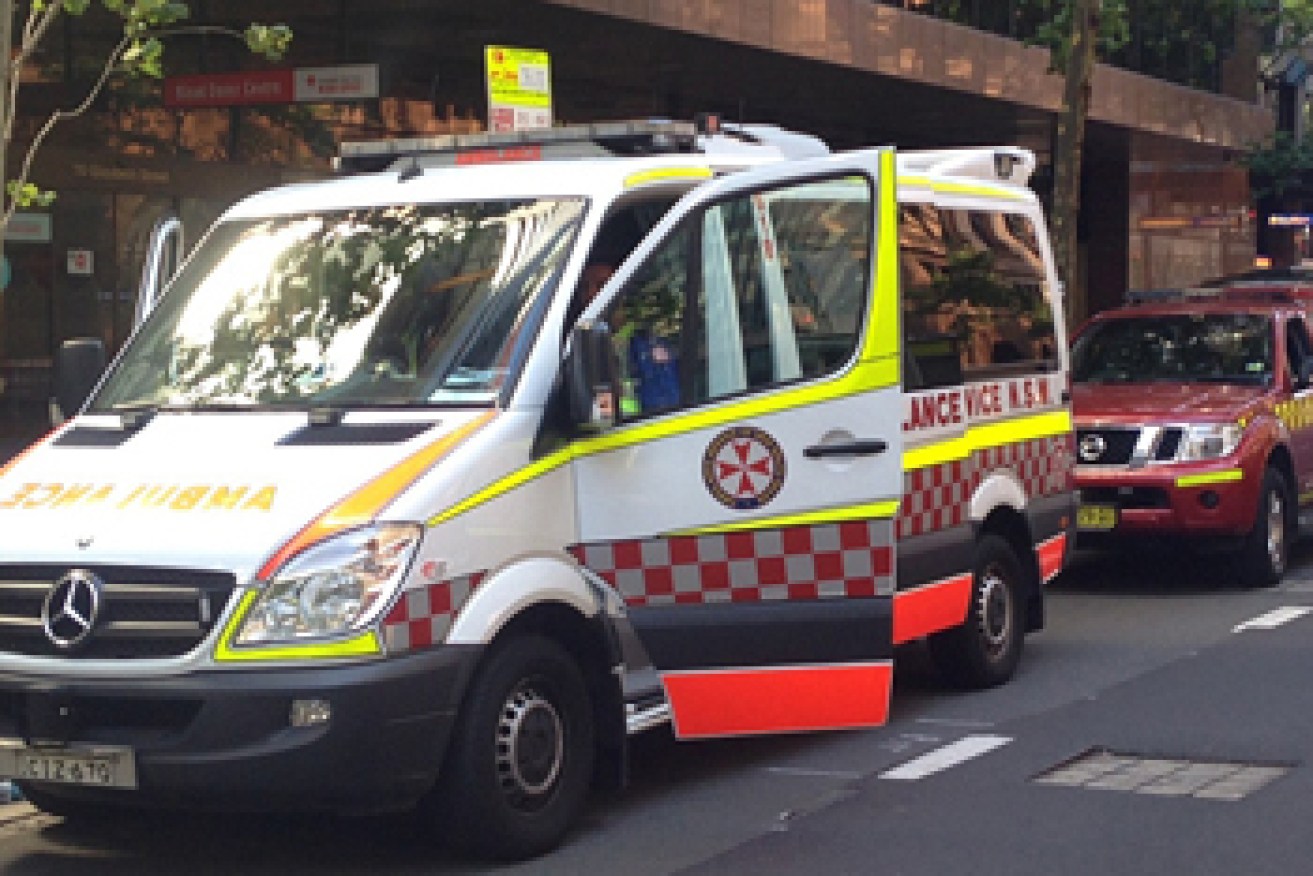How to prevent sudden cardiac arrest

The NSW parliament will hold an inquiry into hospital emergency department delays and ambulance ramping, which the opposition says have hit crisis levels. Photo: Getty
Patients with faulty hearts may have a four-week window to avert death, according to new research.
Sudden cardiac arrest (SCA), in which the heart abruptly stops beating (as opposed to the circulation blockage of a heart attack), was previously thought to happen unexpectedly, without any warning.
But in fact, many victims of these sudden stoppages may ignore the symptoms, a study published on Tuesday in the Annals of Internal Medicine found.
• Tasmania is king of lap band surgeries
• Why do we always get sick on holidays?
• You can’t outrun Christmas, but you can out-think it
“There’s this window of opportunity that we really didn’t know existed,” lead author Dr Sumeet Chugh said in a statement.
Dr Chugh’s team based their conclusions on 839 victims of sudden cardiac arrest aged 35 to 65 since 2002, drawing on medical records and even interviews with witnesses, family and friends.

Ambulance response time is crucial. Photo: Getty
Half of patients (53 per cent of women and 50 per cent of men) experienced warning signs, mostly chest pain or shortness of breath, in the four weeks before their heart stopped.
For those who did suffer symptoms, almost all (93 per cent) felt them again in the 24 hours before.
You must act quickly
In the study, less than one fifth of patients who experienced early warning signs called emergency services.
Those who did were six times more likely to survive.
“Warning symptoms frequently occur before SCA, but most are ignored,” the authors wrote in the study.
Sadly, even of those who did call an ambulance, only 35 per cent survived long enough to be discharged from hospital, highlighting the need for early diagnosis by a specialist, rather than treatment in an emergency ward.
According to the study’s author, victims have a 10-minute window to be saved.
“This is what people don’t understand. As each minute goes by, there’s a 10 percent less chance of survival. If the paramedics get there in 10 minutes, you’re gone,” Dr Chugh told CBS News.
Each year, 30,000 Australians suffer sudden cardiac arrest, with 95 per cent dying before they reach hospital, Take Heart Australia estimated.
What to look for

Chest pain was the most common symptom. Photo: Getty
The most commonly reported symptoms in the study were:
• chest pain (46 per cent)
• abdominal or other complaints (20 per cent)
• difficulty breathing (18 per cent)
• ongoing flu-like symptoms (10 per cent)
• temporary loss of consciousness or heart palpitations (5 per cent)
What should you do?
In most cases, the only chance of survival for someone suffering SAC is defibrillation, with CPR a method of buying more time until the heart can be shocked back to a normal rhythm.
Take Heart Australia, which advocates for better prevention of the condition, has previously called for wider CRP training and more widely available defibrillators.
In the study, symptomatic patients were most likely (76 per cent) to be at home when their hearts stopped.
Given that each minute is crucial, it would make sense for friends and family members of at-risk individuals to learn CPR and arm their cars and homes with portable defibrillators.
And remember, those who called emergency services had a higher chance of surviving, most likely because they were defibrillated by a medical professional.









